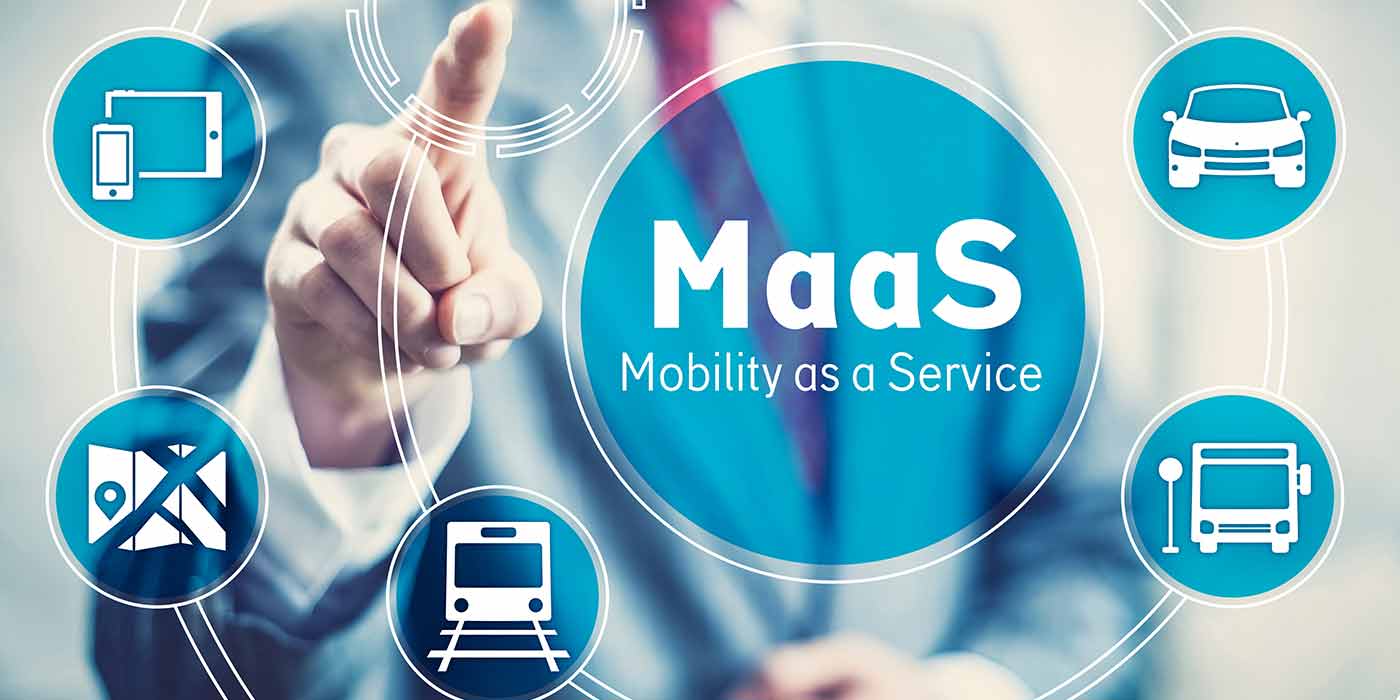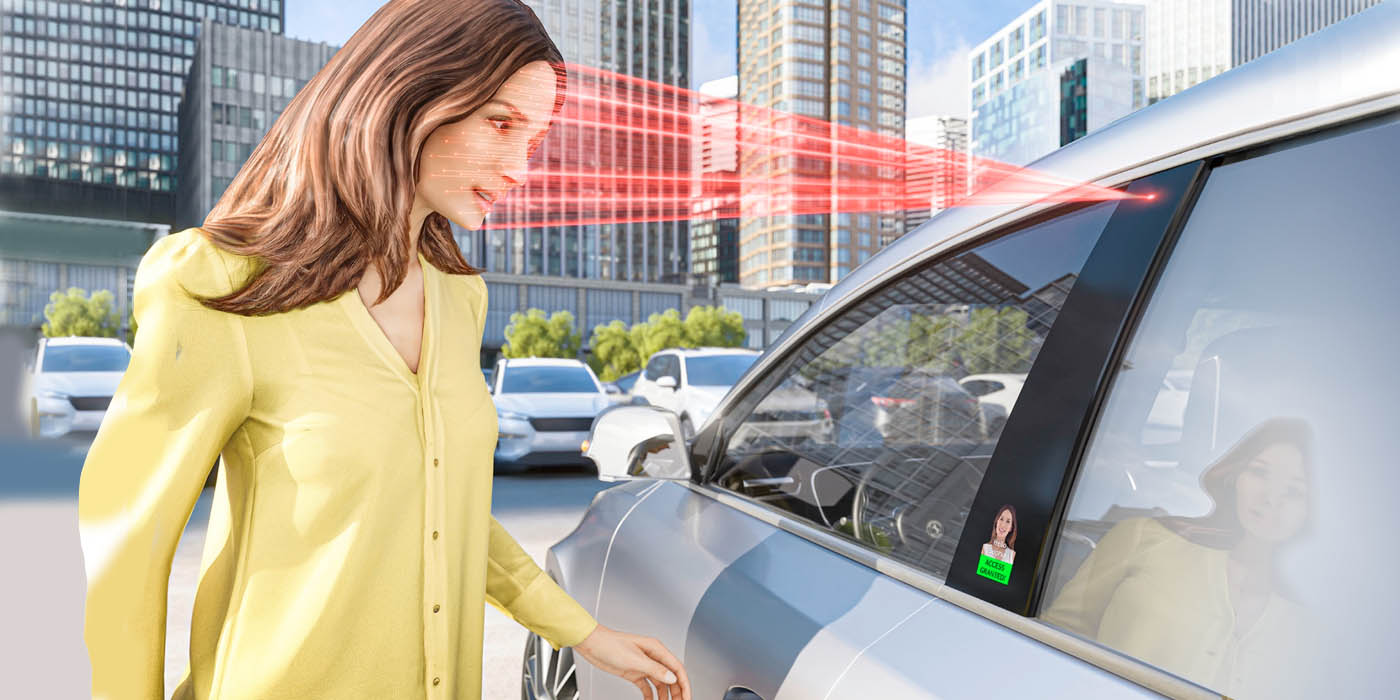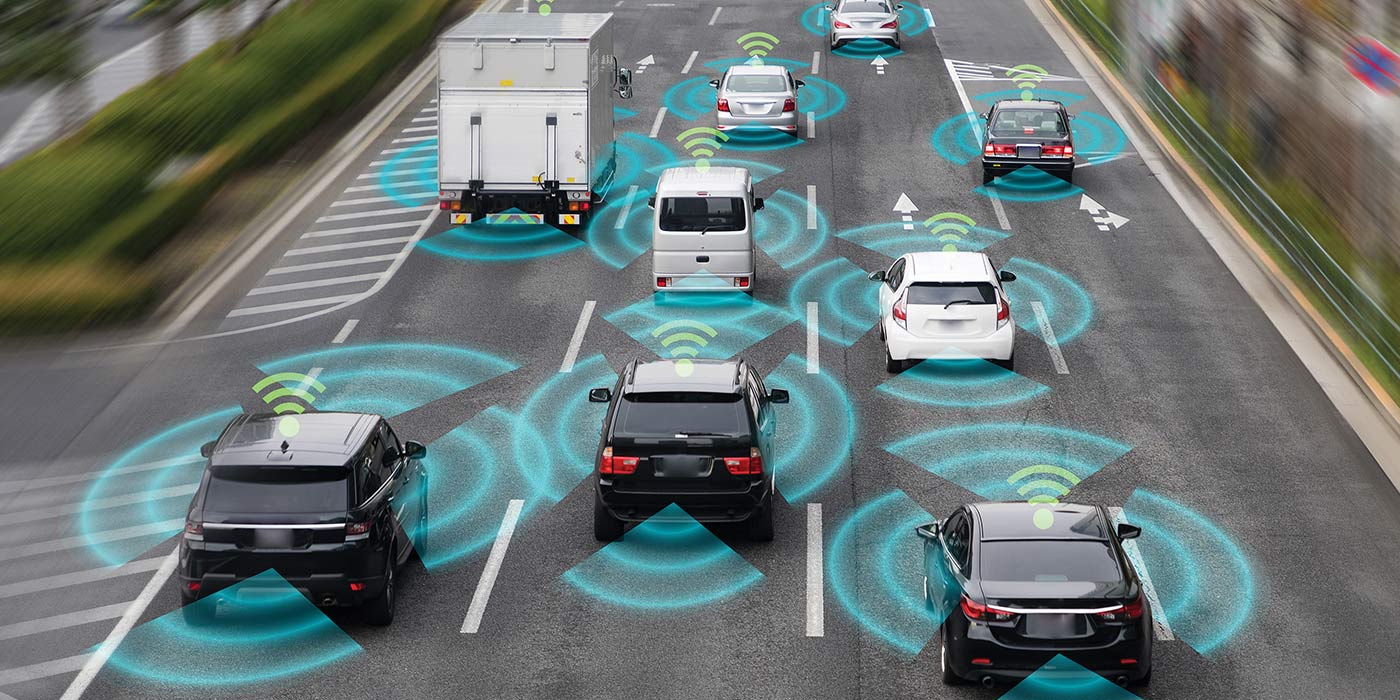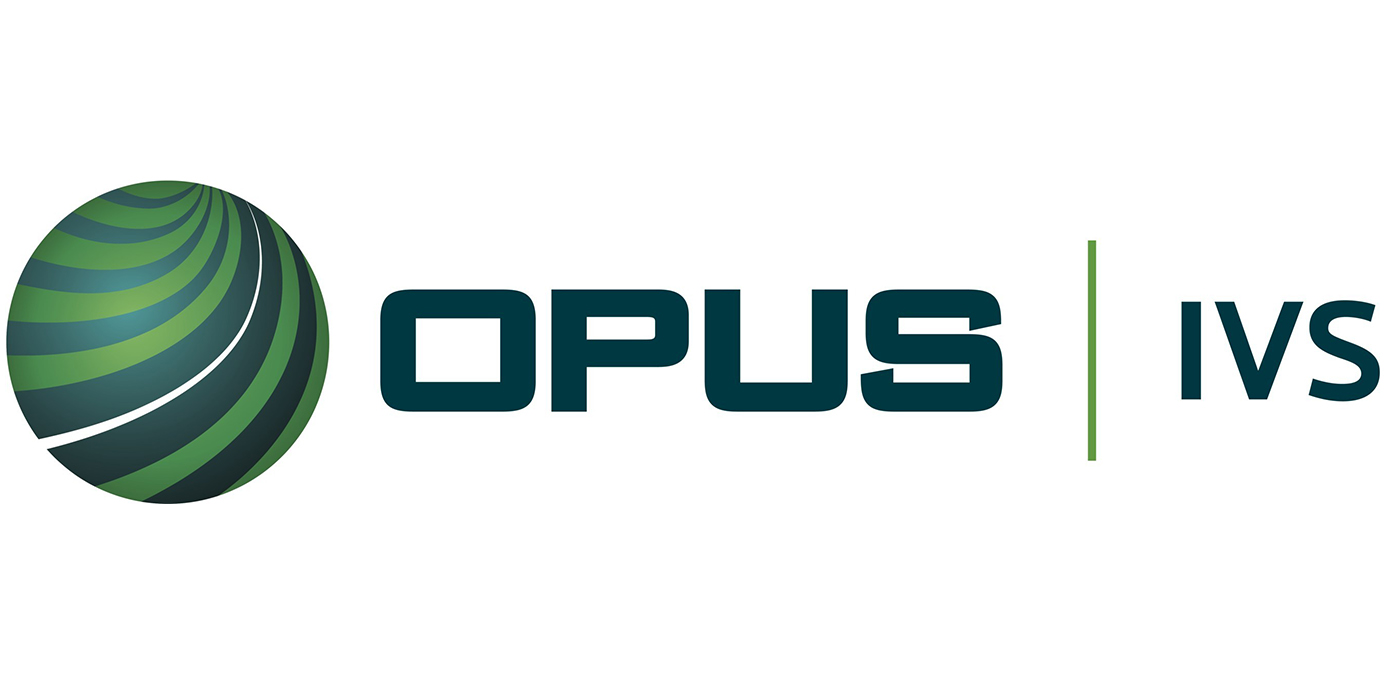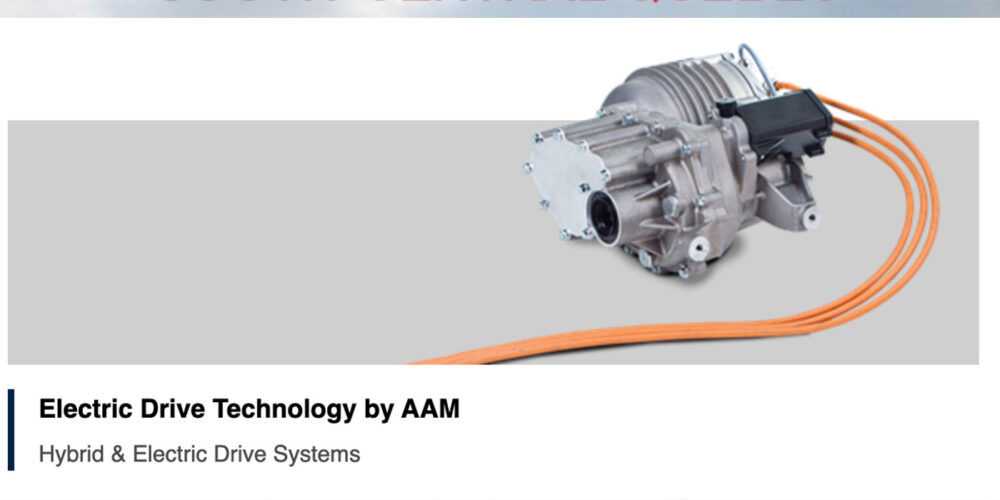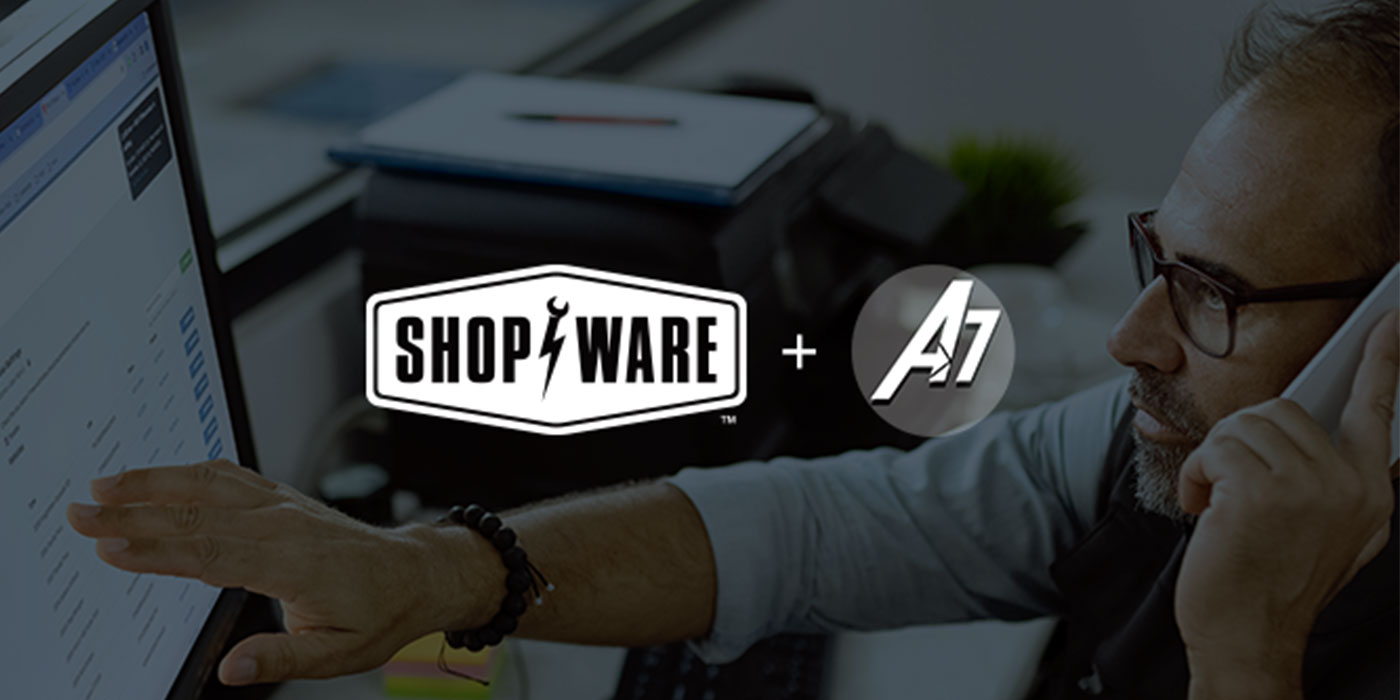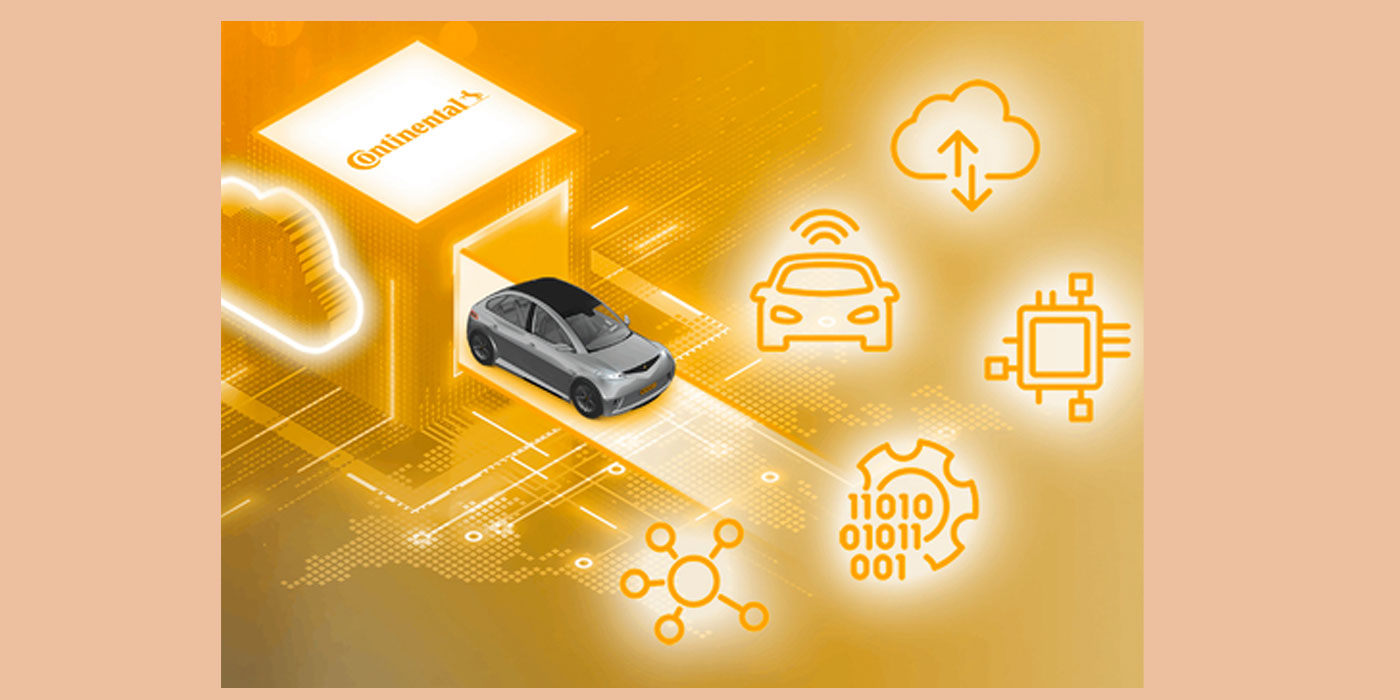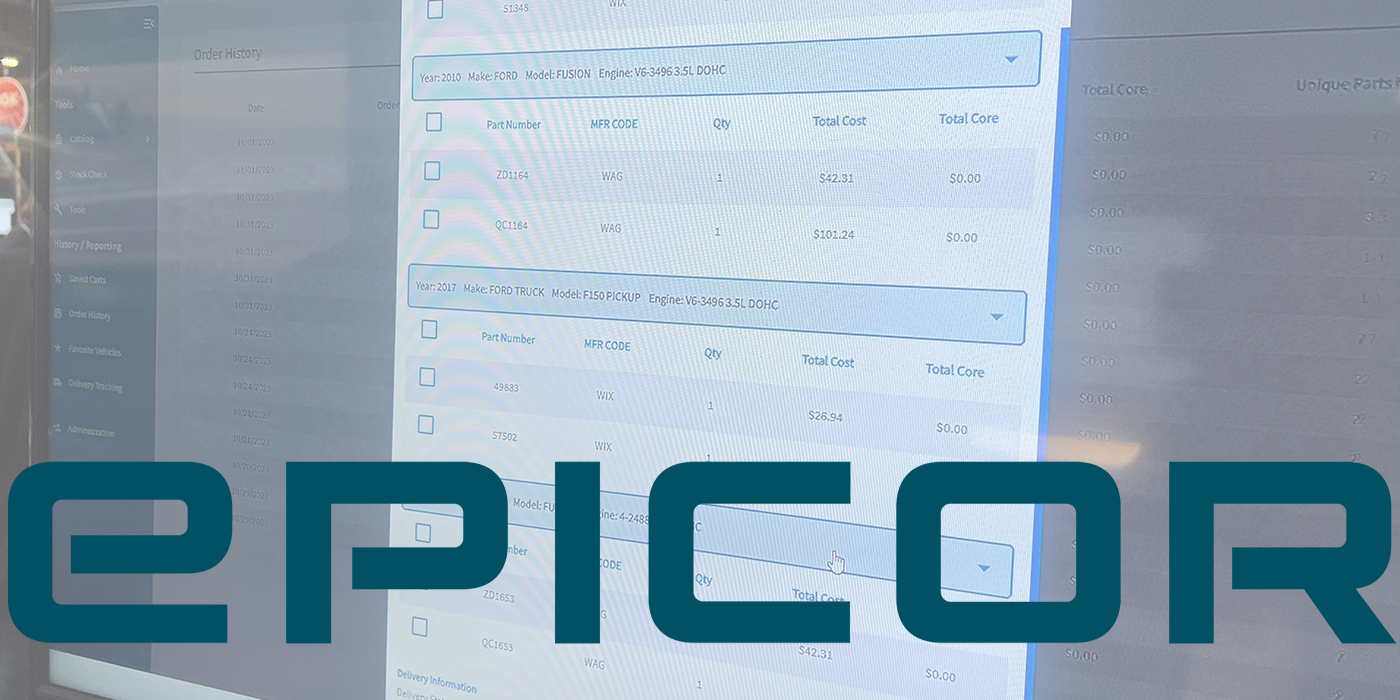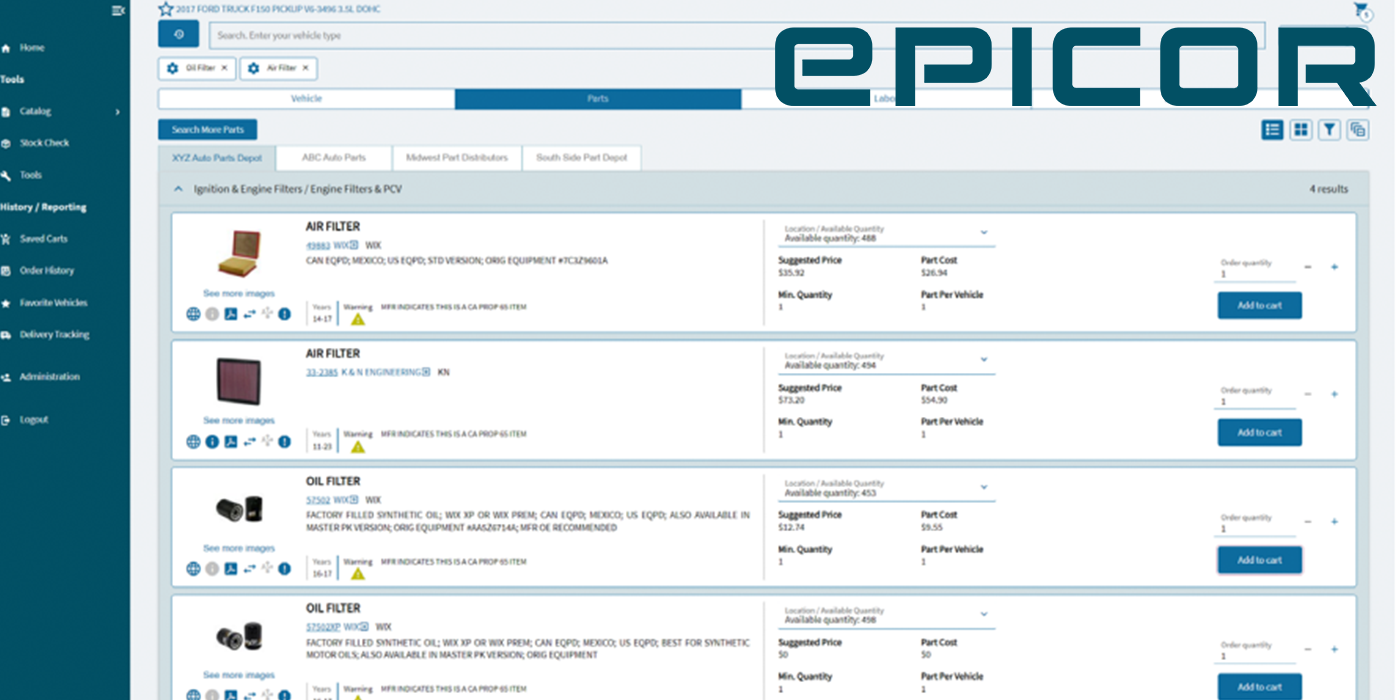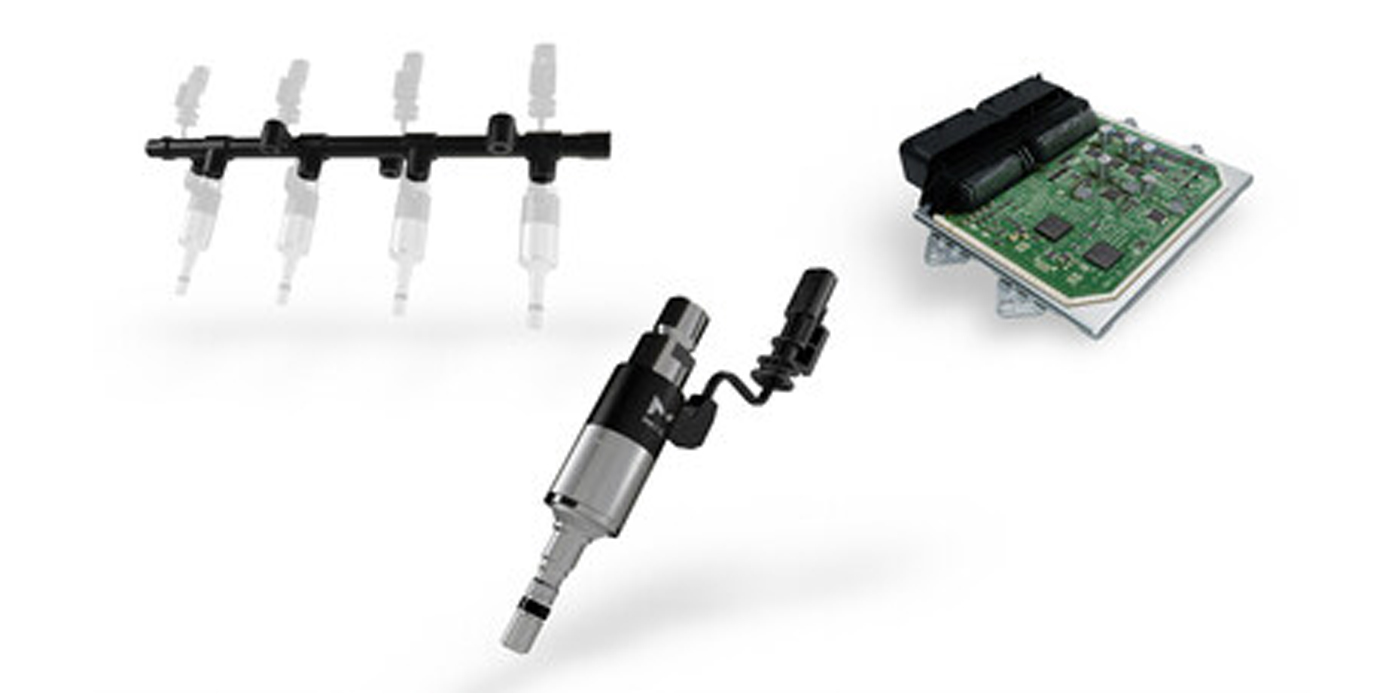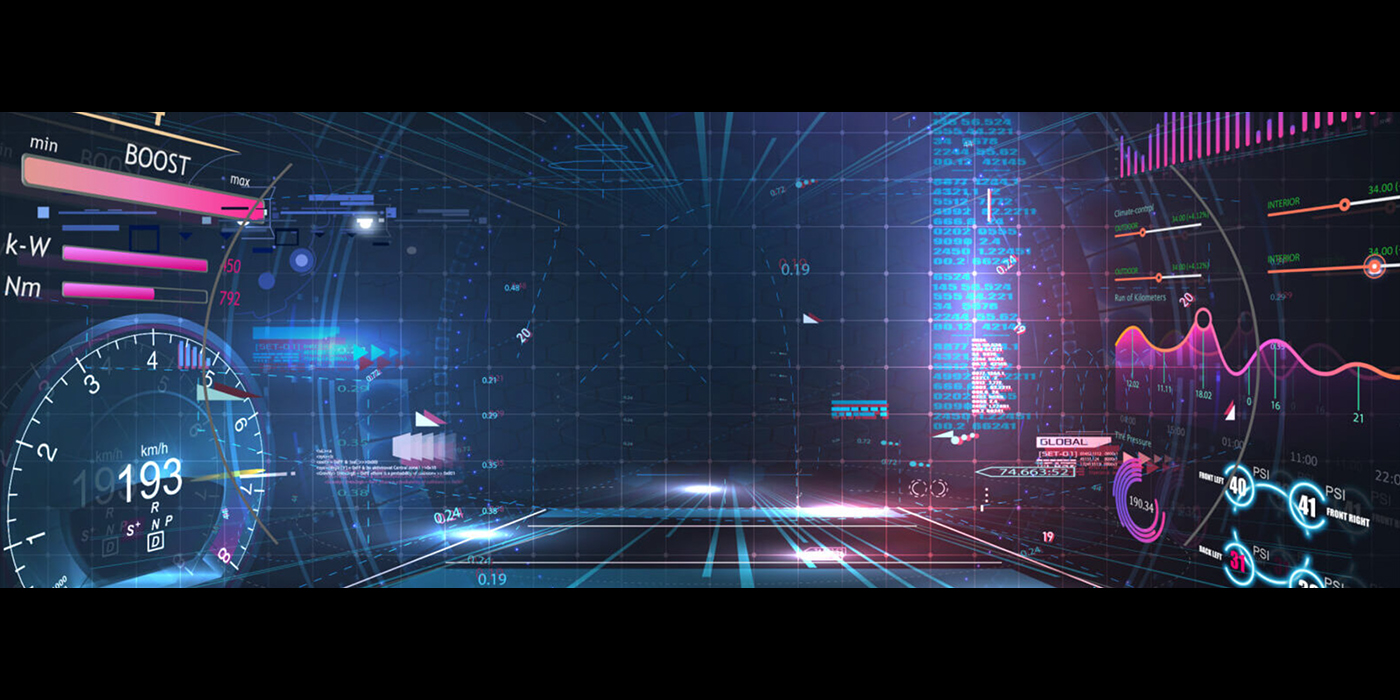From The Salt Lake Tribune
OREM, UTAH — Who knew that American autos could pose such a culture shock — the steering wheel is on the left side, the cars are bigger and American drivers use car-side mirrors.
“It’s amazing to see the customized cars,” said Taisuke Chukamatus, 19, in Japanese, through a translator. “It’s something I see in magazines, now I see it with my own eyes.”
Chukamatus is among 120 Japanese students participating in the Utah Valley State College automotive exchange program this summer. The Japanese students are from the private Saitama Technical School, located just outside Tokyo. For the past three years, groups of Japanese students have been traveling to Utah every July to learn more about American car technology and culture.
“The world has a stereotype that Japan is No. 1 [in cars],” said Nakazawa Seiichi, a Saitama teacher, through a translator. “Even Japan thinks we are No. 1. But [the students] come here and see the great quality Americans have.”
The automotive exchange program began 12 years ago at Salt Lake Community College. It moved to UVSC three years ago, primarily because of the college’s custom car “Street Rod” program, where students learn custom painting and welding. UVSC is the only school in the state with such a program.
The 120 students are split into two groups; the first came July 6 and graduated Friday. The second group will visit July 18 through July 30. The students stay with host families and visit other Utah sites, including Arches National Park, the Colorado River and Temple Square.
At UVSC, the students attend four workshops in nine days: diesel engines, specialized welding, custom painting and custom metal forming. None of these classes are taught in Japan because of car regulations. For example, there are hardly any large semi-truck diesels because of the small roads.
“Many of these students have not held an airbrush gun in their hand before,” said Vern Hiatt, a UVSC assistant professor of collision repair and instructor in the custom painting workshop.
Even though they many never repair a large semi-truck or work in a customized car shop, the Japanese students still use the fundamentals they have learned. Plus, the students love to finally see the different American car styles and diesel engines they have only read about in magazines, Seiichi said. The students also love the American style of hands-on training; in Japan, the learning style is more theory-based.
“I love the freedom and the creativity we can show,” said Takanori Kozutsumi, 20, through a translator, while in the custom painting class.
Even Saitama Technical School teacher Seiichi said he learns new things every time he participates. “One thing I like is each different teacher is highly skilled; as a teacher [myself], I still learn,” Seiichi said.
The UVSC teachers also go through culture shock: Rhey have to get used to the customary bows of the Japanese, work through interpreters, which makes classes twice as long and get the students to call them by their first name.
“Once the students get over the cultural difference, they find it relaxing,” said Doug Bradley, chair of the UVSC auto-diesel department.
Copyright 2004 The Salt Lake Tribune. via ProQuest Information and Learning Company; All Rights Reserved
_______________________________________
Click here to view the rest of today’s headlines.

